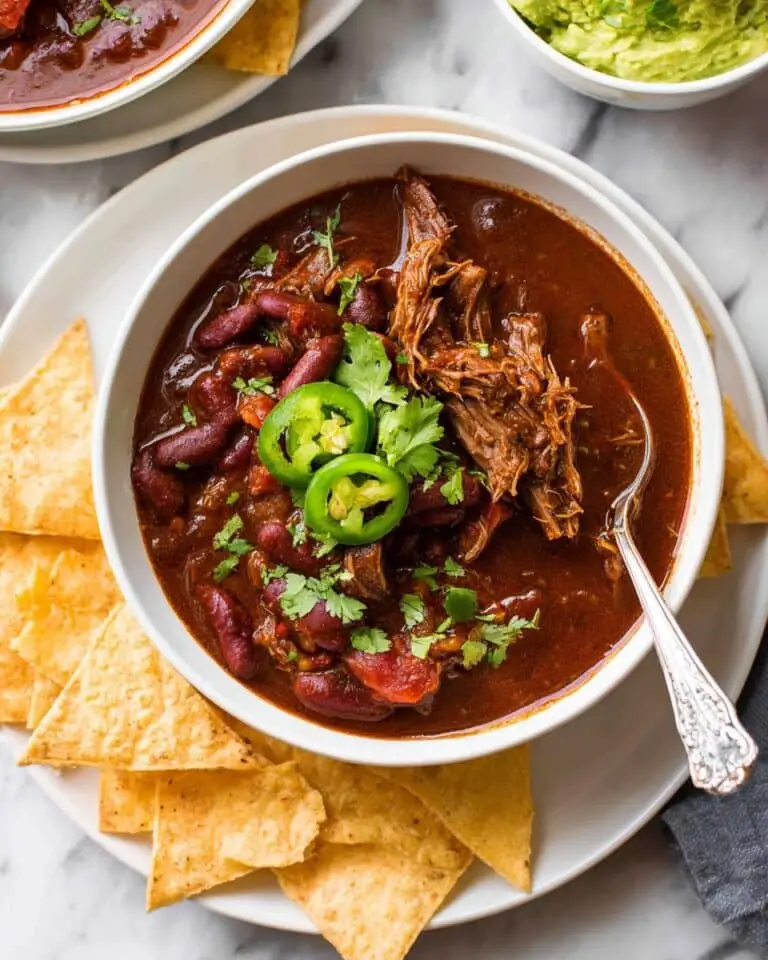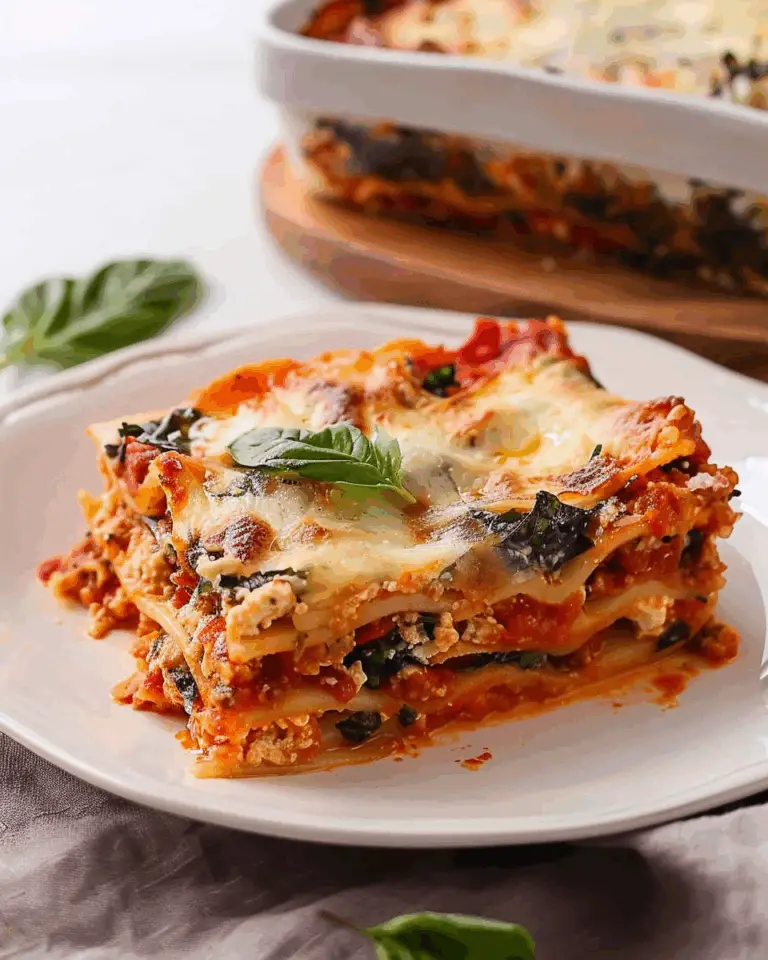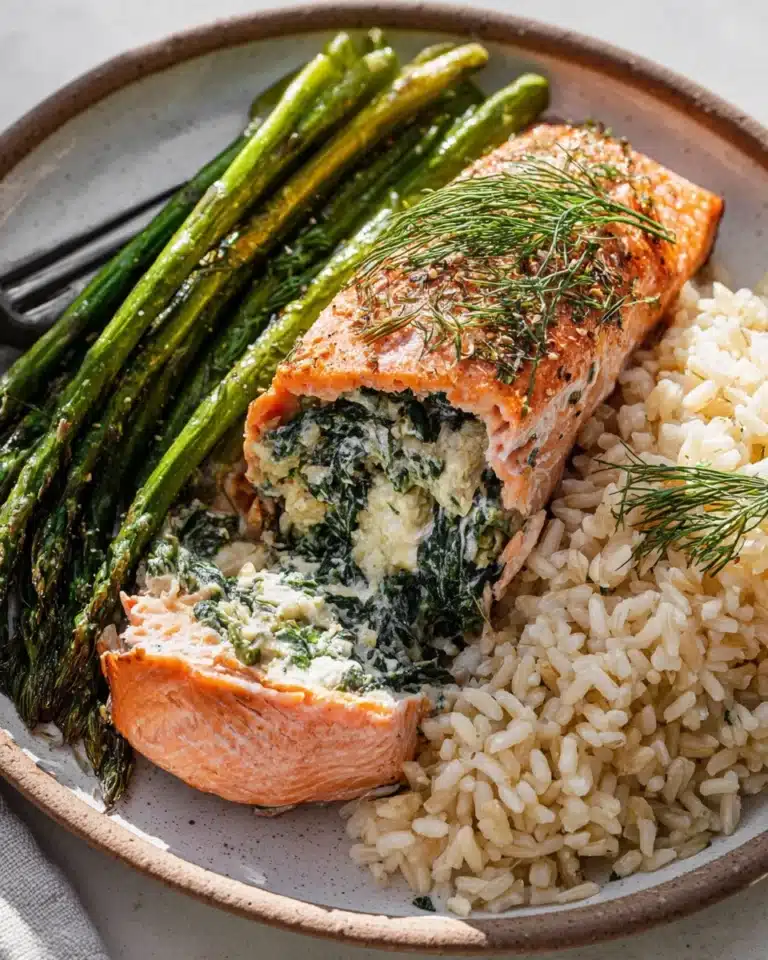There’s something simply magical about the fresh flavors and unbeatable texture of Seared Tuna—it’s a dish that turns a weeknight in or a dinner party into something special. Crisp sesame-crusted edges, silky rare tuna centers, and a subtle kick of aromatics in each bite make this recipe an absolute winner for seafood lovers and skeptics alike. In just ten minutes, you’ll discover why Seared Tuna has become a beloved staple in my kitchen, and soon, it’ll be yours too!
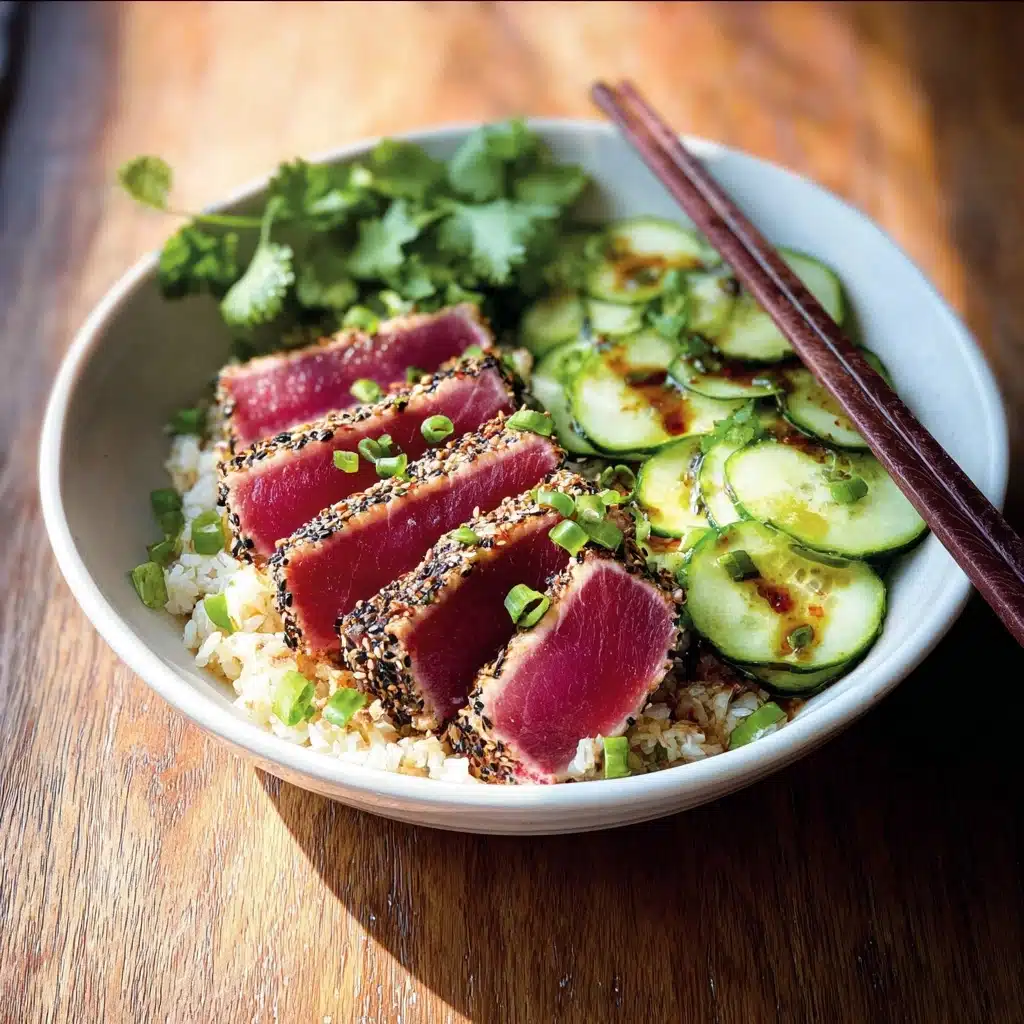
Ingredients You’ll Need
The ingredients for Seared Tuna are the very definition of simple elegance. Each one plays its own important role, from locking in that savory umami flavor to creating that beautiful, golden crust. Here’s what you’ll want on hand:
- Sushi-grade ahi tuna: This is the star—look for a firm, bright red saku block for the very best results and flavor.
- Soy sauce (or gluten-free liquid aminos): Not only seasons the tuna but helps the crust adhere perfectly.
- High-heat oil (peanut, wok, or avocado): Choose an oil that won’t burn; this ensures your sesame crust turns golden without any off flavors.
- Sesame seeds (black or a mix of black and white): These pop with color and give your crust that nutty, delightful crunch.
- Granulated garlic powder (or onion powder): Adds depth and savory warmth to the crust.
- Kosher salt: Seasoning is key! The saltiness here brings out the natural sweetness of the tuna.
- Fresh cracked black pepper: A little heat and an extra dimension of bold flavor.
- Sugar: Don’t skip it—it balances the salt and kicks up caramelization.
- Dried thyme (or substitute with Italian herb seasoning): Gives a hint of earthy herbal note; feel free to personalize.
- Furikake rice and Asian cucumber salad (for serving): These sides bring freshness, texture, and a savory finish to your plate.
How to Make Seared Tuna
Step 1: Prep the Sesame Crust
Begin by stirring together your sesame seeds, granulated garlic powder, kosher salt, black pepper, sugar, and thyme in a small bowl. This blend is what gives your Seared Tuna that signature crunchy crust—don’t be shy about mixing thoroughly so every bite is seasoned just right.
Step 2: Dry and Season the Tuna
Pat your ahi tuna block dry with paper towels. Moisture is the enemy of a good sear! Once it’s dry, set the tuna on a plate and coat all sides with soy sauce or liquid aminos. This helps the sesame crust cling beautifully while also boosting the umami factor.
Step 3: Dredge in the Sesame Mix
Sprinkle the sesame crust mixture generously over every surface of your tuna, pressing it in gently so it adheres. Make sure to get the sides—these crispy edges are the best part!
Step 4: Sear the Tuna
Now for the magic! Heat a cast iron skillet over medium-high until it’s scorching hot—test it with a flick of water, which should sizzle instantly. Add your high-heat oil and swirl to coat. Using tongs, carefully lay the tuna into the pan and press down with a metal spatula to ensure even contact. Sear each side for 45-90 seconds until deep golden, then stand it on its edges to crust all the way around without cooking the inside fully.
Step 5: Slice and Serve
Transfer the seared tuna to a cutting board and blot off any extra oil if needed. Using the sharpest knife you have, slice it thin for maximum appeal—those crisp edges and vibrant pink center are irresistible! Serve right away, or chill for a make-ahead option that’s just as delectable.
How to Serve Seared Tuna
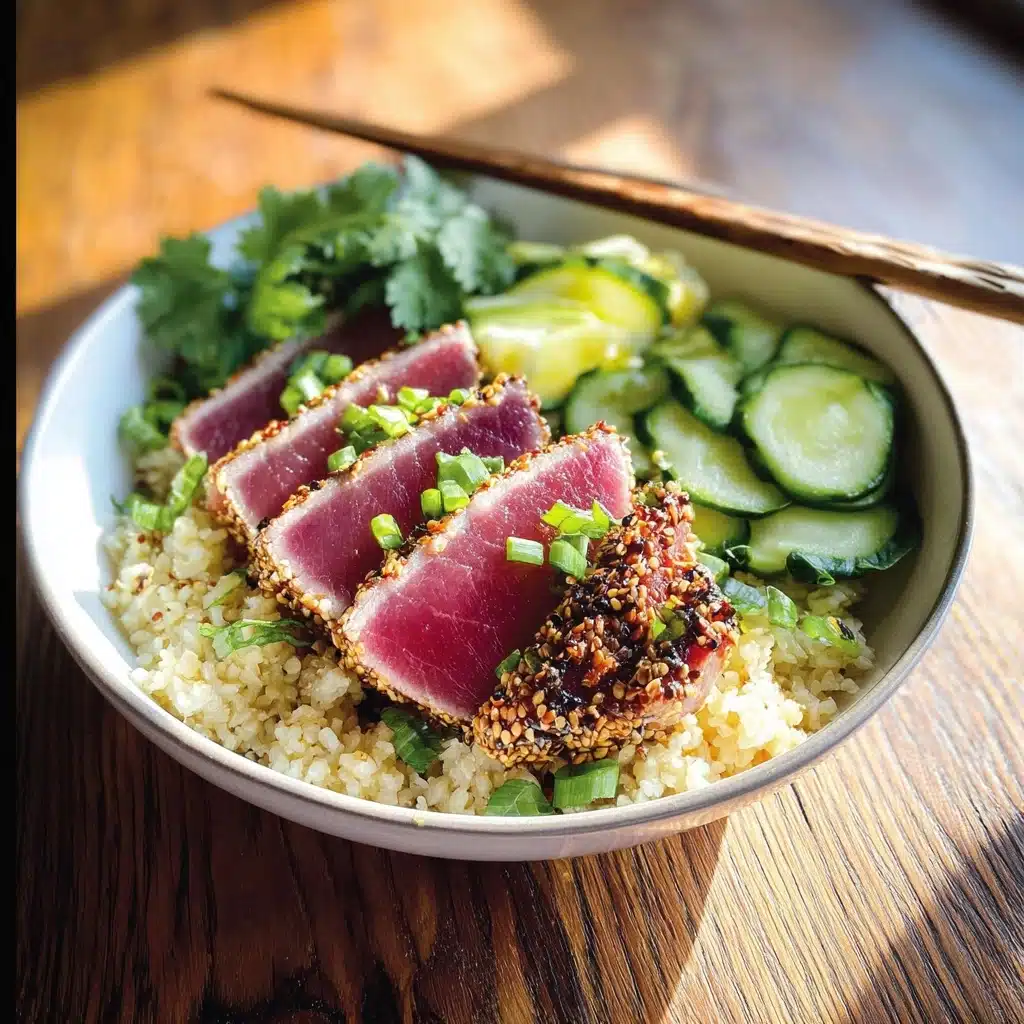
Garnishes
A dish as striking as Seared Tuna deserves a few thoughtful garnishes. Scatter some extra sesame seeds or a dusting of furikake for extra flavor, or add thin-sliced scallions and a drizzle of citrusy ponzu. A squeeze of fresh lemon never goes amiss for that final zing!
Side Dishes
I always recommend serving Seared Tuna with fluffy furikake rice and a chilled Asian cucumber salad. The rice offers the perfect neutral canvas, soaking up stray juices, while the cucumber salad is crisp, cool, and wonderfully refreshing.
Creative Ways to Present
For an extra special touch, serve Seared Tuna sliced over a mound of greens with pickled ginger and avocado slices, or tuck it into a poke bowl with your favorite toppings. You can even wrap slices into sushi-style rolls or appetizers for a party-ready spin!
Make Ahead and Storage
Storing Leftovers
If you find yourself with leftover Seared Tuna (lucky you!), wrap it tightly and refrigerate. It will stay fresh for up to three days. Serve leftovers chilled; the flavors hold up beautifully, and the texture remains tender and delicate.
Freezing
While fresh is always best, you can freeze leftovers if needed. Wrap slices in wax paper, then tightly in plastic wrap and place in an airtight bag. Thaw slowly in the fridge before enjoying—this keeps the texture as intact as possible.
Reheating
It’s best to enjoy Seared Tuna cold or at room temperature, as reheating can overcook the delicate center and dull the crust. If you must warm it, do so briefly in a skillet over very low heat, just until slightly warmed through but not hot.
FAQs
Can I use a different type of tuna for Seared Tuna?
Sushi-grade ahi is ideal because of its mild flavor and buttery texture, but you could try yellowfin or even albacore—just be sure whatever you use is sushi-grade and from a trusted source.
Is it safe to eat Seared Tuna rare in the middle?
Absolutely! As long as your tuna is sushi-grade and handled safely, the rare center is both safe to eat and provides that signature silky texture. Always source your tuna from a reputable supplier.
Can I make Seared Tuna without a cast iron skillet?
Yes, a heavy-bottomed stainless steel skillet works well too—just get it very hot and be generous with the oil to avoid sticking.
Can I prepare Seared Tuna ahead of time for a party?
Definitely! Seared Tuna is fantastic when made ahead; simply refrigerate the sliced tuna and serve chilled with garnishes and side dishes when guests arrive.
What if I don’t have sesame seeds for the crust?
You can substitute crushed nuts for a different spin (try macadamia or pistachio), or even a mix of black pepper and herbs for a flavorful, crunchy alternative to the classic sesame crust.
Final Thoughts
This Seared Tuna is honestly one of those recipes you’ll find yourself making again and again, whether it’s for a quick solo lunch or an impressive dinner for friends. Don’t wait for a special occasion—treat yourself to restaurant-quality Seared Tuna at home and see just how easy and delicious it can be!
PrintSeared Tuna Recipe
Learn the secret to making perfectly Seared Tuna with a Sesame Seed Crust in just 10 minutes flat. A healthy, delicious ahi tuna recipe that is flavorful and easy to make. Video. Plus 50+ Best Fish Recipes.
- Prep Time: 5 minutes
- Cook Time: 5 minutes
- Total Time: 10 minutes
- Yield: 2-4
- Category: Seafood
- Method: Pan-Seared
- Cuisine: Asian
- Diet: Gluten Free
Ingredients
16 ounces ahi tuna, thawed (sushi-grade saku block)
- 1 tablespoon soy sauce or GF liquid aminos
- 2 tablespoons high heat oil for searing- peanut oil, wok oil, avocado
- Sesame Crust:
- 3 tablespoons sesame seeds (black, or both black and white)
- 1 teaspoon granulated garlic powder (or onion powder)
- 3/4 teaspoon kosher salt
- 1 teaspoon fresh cracked pepper
- 1 teaspoon sugar
- 1 teaspoon dried thyme
Instructions
- Mix the Sesame Crust ingredients together in a small bowl. Pat dry the ahi tuna with paper towels.
- Place ahi tuna on a plate, coat all sides with soy sauce. Generously sprinkle all sides of the ahi tuna with the sesame mix, pressing it down into the flesh.
- Heat a cast-iron skillet over medium-high heat, until very very hot. Sear the tuna on all sides until golden. Slice thinly and serve.
Notes
- The sesame crust is slightly on the salty side. Feel free to adjust salt levels.
- Ensure ‘sushi-grade’ ahi tuna for best results.
- Dried thyme adds a flavorful herbal note to the dish.
Nutrition
- Serving Size: 4 ounce serving
- Calories: 236
- Sugar: 1.1 g
- Sodium: 437.5 mg
- Fat: 10.7 g
- Saturated Fat: 1.8 g
- Carbohydrates: 5.1 g
- Fiber: 1.2 g
- Protein: 29.1 g
- Cholesterol: 44.2 mg


